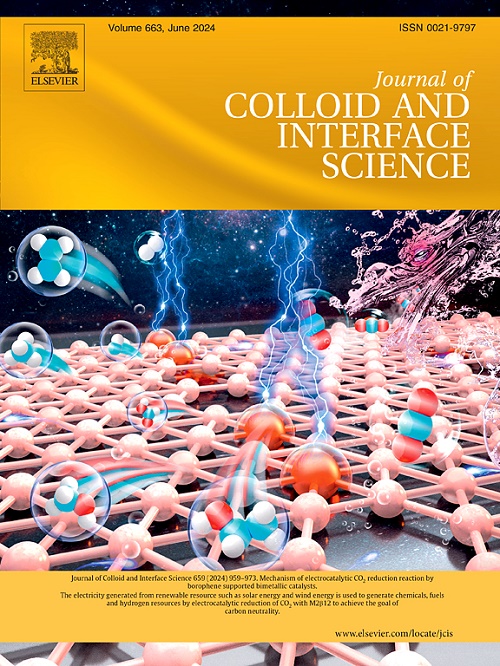Tailoring poly(vinylidene fluoride-trifluoroethylene-chlorofluoroethylene) membrane microstructure for lithium-ion battery separator applications
IF 9.4
1区 化学
Q1 CHEMISTRY, PHYSICAL
引用次数: 0
Abstract
Novel battery separators based on poly(vinylidene fluoride-co-trifluoroethylene-chlorofluoroethylene)– P(VDF-TrFE-CFE)- were produced by different processing techniques (non-solvent and thermally induced phase separation, salt leaching and electrospinning), in order to evaluate their effect on separator morphology, degree of porosity and pore size, electrochemical parameters and battery cycling behavior. It has been demonstrated that the different processing techniques have a significant influence on the morphology and mechanical properties of membranes. The degree of porosity varies between 23 % and 66 %, for membranes obtained by salt leaching and thermally induced phase separation, respectively.
The membranes present a high ionic conductivity value ranging between 1.8 mS.cm−1 for the electrospun membrane and 0.20 mS.cm−1 for the membrane processed by thermally induced phase separator. The lithium transference number value for all membranes is above 0.20, the highest value of 0.55 being obtained for samples prepared by salt leaching and thermally induced phase separation.
For all membranes, battery capacity values have been obtained at different C-rates with excellent reversibility. P(VDF-TrFE-CFE) samples present an excellent battery performance at 1C-rate after 100 cycles with 74 mAh.g−1 and excellent coulombic efficiency, for membrane processed by the salt leaching technique. This work demonstrates that P(VDF-TrFE-CFE) terpolymer can be used as a porous membrane in lithium-ion battery separator application, the membrane processing technique allowing to tailor its morphology and, consequently, battery performance.

为锂离子电池隔膜应用定制聚偏氟乙烯-三氟氯乙烯膜微结构。
采用不同的加工技术(非溶剂和热诱导相分离、盐浸出和电纺丝)生产了基于聚偏氟乙烯-共三氟氯乙烯-P(VDF-TrFE-CFE)的新型电池隔膜,以评估它们对隔膜形态、孔隙度和孔径、电化学参数和电池循环行为的影响。结果表明,不同的加工技术对膜的形态和机械性能有显著影响。通过盐浸法和热诱导相分离法获得的膜的孔隙率分别在 23% 和 66% 之间。膜的离子导电率很高,电纺膜为 1.8 mS.cm-1,热诱导相分离器处理的膜为 0.20 mS.cm-1。所有膜的锂转移数值都高于 0.20,盐浸法和热诱导相分离法制备的样品的锂转移数值最高,达到 0.55。所有膜都能在不同的 C 速率下获得电池容量值,并具有良好的可逆性。通过盐浸技术处理的 P(VDF-TrFE-CFE)样品在 1C 速率下循环 100 次后,电池容量达到 74 mAh.g-1,库仑效率极佳。这项工作表明,P(VDF-TrFE-CFE) 三元共聚物可用作锂离子电池隔膜应用中的多孔膜,膜处理技术允许定制其形态,从而影响电池性能。
本文章由计算机程序翻译,如有差异,请以英文原文为准。
求助全文
约1分钟内获得全文
求助全文
来源期刊
CiteScore
16.10
自引率
7.10%
发文量
2568
审稿时长
2 months
期刊介绍:
The Journal of Colloid and Interface Science publishes original research findings on the fundamental principles of colloid and interface science, as well as innovative applications in various fields. The criteria for publication include impact, quality, novelty, and originality.
Emphasis:
The journal emphasizes fundamental scientific innovation within the following categories:
A.Colloidal Materials and Nanomaterials
B.Soft Colloidal and Self-Assembly Systems
C.Adsorption, Catalysis, and Electrochemistry
D.Interfacial Processes, Capillarity, and Wetting
E.Biomaterials and Nanomedicine
F.Energy Conversion and Storage, and Environmental Technologies

 求助内容:
求助内容: 应助结果提醒方式:
应助结果提醒方式:


